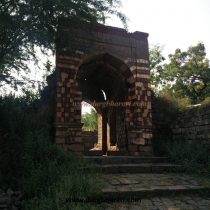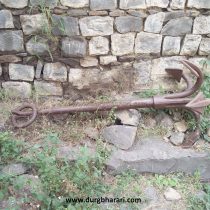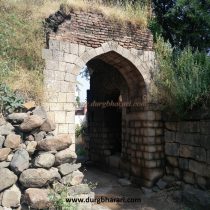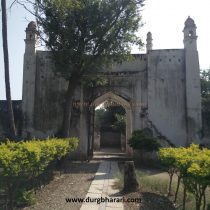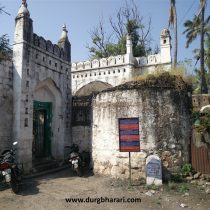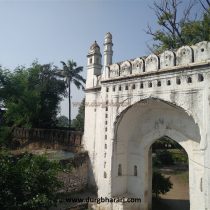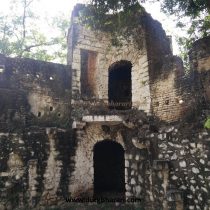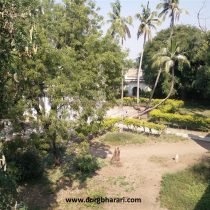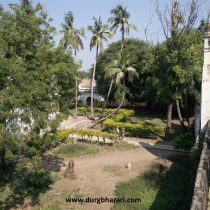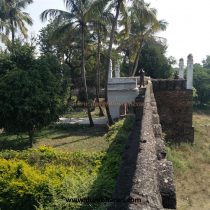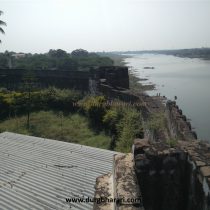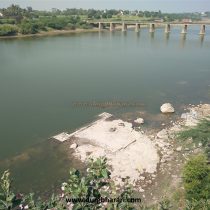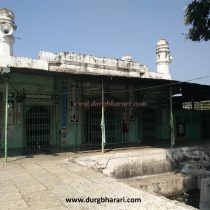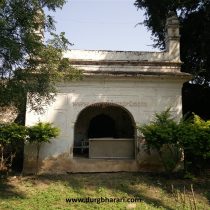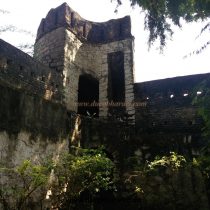BEGAMPUR
TYPE : GROUND FORT
DISTRICT : SOLAPUR
HEIGHT : 0
GRADE : EASY
In Solapur district, at a distance of 15 km from Mangalvedha, there is an ancient Siddheshwar temple and a fort of Machnur on the banks of river Bhima. Aurangzeb and his army camped here for seven years from 1694 to 1701 to protect himself from the sudden onslaught of the Marathas Aurangzeb built a fort on the banks of the river Bhima. The fort of Machnur was built around 1695. The fort had a large Mughal army camp. Even though the fort was built, the Marathas attacked the camp outside the fort at night and looted supplies and other goods. The river Bhima had to be crossed for this attack but the Marathas had found a slope on the river Bhima at a distance of one mile from Machnur fort and in the dark of night, the Marathas crossed the river from this slope and attacked the camp and immediately retreated.
...
When Aurangzeb came to know about this, he built a small watchtower on the slope of the river in front of the Begumpur fort to stop the attacks and give more protection to the Machnur fort. To the east of Machnur village is Begumpur village on the other side of river Bhima. The original name of Begumpur was Ghodeshwar. When Aurangzeb's camp fell in this area, he changed the name of Ghodeshwar to Begumpur. The ruined ancient Shiva temple in this area bears witness to this. While walking through Begumpur village, one can see many dilapidated mansions and temples. On the way to the fort from the village, the first thing you see is the wide entrance of one mansion near the fort and a boat’s anchor lying in front of it. At the back of the fort, two bastions are visible. Entering Begumpur fort, the battlefield and its two bastions can be seen in front of the main entrance of the fort. To trap enemies and not let them inside the fort easily, a defense structure has been built which traps the enemy. The entrances, ramparts, and bastions of the battlefield and the fort are still standing today. Upon entering through the entrance, there are porches built for the guards on both sides of the door, and steps can be seen to go up to the door. Originally this fort was meant for observation purposes but later on, the fort underwent major changes. The Dargah and the mosque in the fort should not have been built during the construction of the fort but in the later period. The area of the fort is less than one acre and in the ramparts of the fort, eight bastions of the fort and two bastions of the battlefield can still be seen in good condition. The corner bastions are two-storied and have internal steps to reach the top. The ramparts can be reached from the bastion. The original 15 feet embankment was later extended to 20-25 feet and is still in good condition and the entire embankment can be reached. The fort has three more entrances, one on the right and one on the back, apart from the gate you enter. There is a mosque at the other end in front of the entrance and in front of the mosque, there is a water cistern carved in stone. The gate on the left side of the fort has steps leading down to the river basin. There is a big tomb in the center of the fort and there are two tombs on the right and left side of the fort. The tomb in the middle is simple and is said to have belonged to Aurangzeb's daughter Zebbunnisa and her teacher in front. At the back of the mosque, the bastion on the river bank is the tallest and this part is a little far from the fort. The bastion has a wheel arrangement for drawing water directly from the river. From here you can see the river Bhima flowing in the distance. According to the gazette of Solapur district dated 1884, there is a magnificent Shivalaya near Chandrabhaga of Machnur. Aurangzeb's base was also nearby. Begumpur is a village on the other side of Chandrabhaga, one mile east of Machnur, with the tomb of the emperor’s Begum. The fort is currently in the possession of the Archaeological Department and has been declared a protected monument. The Archaeological Department has made repairs in some places in the interior area.
© Suresh Nimbalkar

